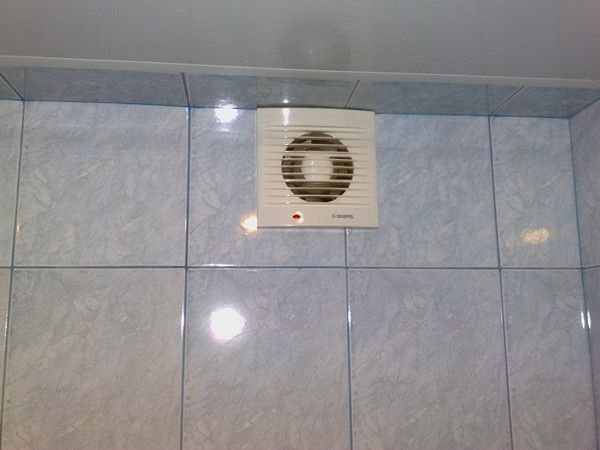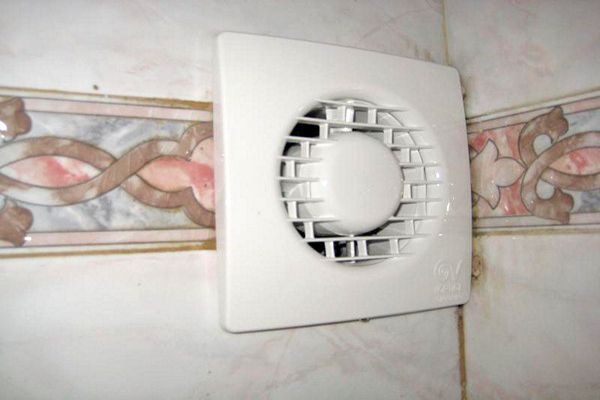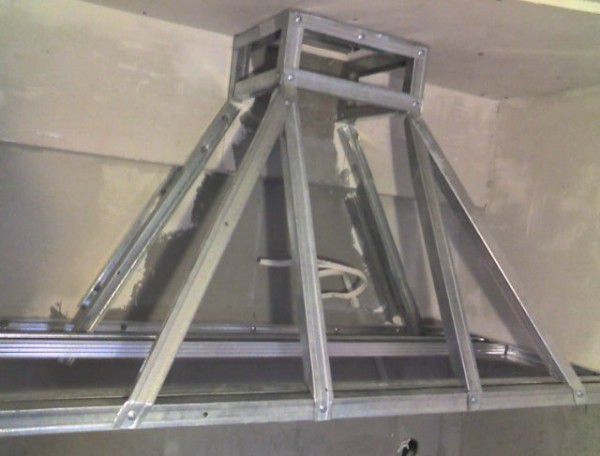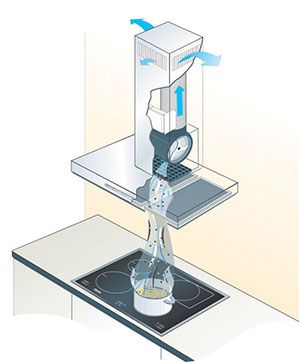It is rather difficult to imagine a modern kitchen without an installed hood. Indoors, this device provides effective removal of various odors, combustion products and vapors.
The household appliances market is now represented by a wide variety of types and types of such appliances, so everyone can choose the best option for themselves. After purchasing the equipment, a problem arises related to how the hood is installed. There are two ways to carry out such work - to call the master or do it yourself. What and how to do in the second case - let's try to figure it out.
Existing types of hoods

Before proceeding to consider the process of installing a kitchen hood with your own hands, you should figure out what types of such a household appliance exist, since the installation process itself largely depends on this.
All modern models of hoods are conventionally divided into three main types:
- flat;
- built-in;
- domed.
It should be noted that the installation of a hood in a kitchen of this type is carried out directly on the wall, therefore it is important to prepare reliable dowels in advance. If the wall is plasterboard, then the only way out is to install a wooden beam on the opposite side of the slab.
There is an opinion that built-in models have a high cost, but this is not so - often their price practically does not differ from other models.
Tools to get the job done
Before installing the hood with your own hands, you will need to prepare some tools for work. Among them:
- a drill for making holes in the wall, in the case of a too strong structure, a puncher may be required;
- screwdriver for installing fasteners;
- a skein with a tape measure;
- level for the accuracy of the device.
Kitchen hood installation methods
As already noted, the installation scheme for the hood in the kitchen directly depends on the type of such a device. Let's see how you can install a cooker hood ..
Installation inside the cabinet

Installing the hood in the kitchen in a similar way implies the presence of a separate cabinet for the air cleaning device. The main feature of this furniture element is that there is no bottom in it, and the device itself is attached directly to the middle shelf.
The distance between the bottom of the cabinet and the shelf depends on the height of the hood.
If it is envisaged to connect the device to the ventilation system, then holes for the air duct are made in the shelf and the lid of the cabinet.
There are 4 holes on the plane attached to the shelf. You can screw in ordinary screws or make through holes in them - the choice is determined by the type of hood fastener.
The next step is the dimensions of the cabinet. If unregulated devices are used in it, then it is important to measure all parameters with millimeter accuracy. If universal mounts are used, which can be put on a metal strip on the wall, then a slight error is permissible during measurements.
By installing the cabinet on the wall and a kitchen hood to it, and, if necessary, also connecting it to the air duct, the device will be ready for use. Installing a kitchen hood in this way allows you to hide all unnecessary details behind the furniture doors. If the hood supports operation in recirculation mode, then there will also be no need to pull the corrugation. In this case, the device will become completely invisible.
Installation under the cabinet
Installing a cooker hood in this way involves attaching it to the bottom of the furniture element.
If duct laying is required, it is necessary to make round holes for it in advance. The do-it-yourself cabinet is mounted on the wall in the same way as in the previous version.
To hide the hood panel, the same material is used as the furniture facade. You need to install it as a bezel - on special glue or double-sided tape.
You can install a hood in the kitchen in this way if it is a minimized model that will easily look in the interior of the room. Typically, these types of appliances are used in kitchens where plentiful cooking is rarely carried out, and usually only one hotplate is used.
Wall mounting
This method of installing an air purifier with your own hands is the simplest and at the same time reliable.
First of all, the distance between the surface of the plate and the hood is measured. Usually, the minimum indicator of such a parameter is 55 cm, and the maximum is about 80 cm. Otherwise, the suction efficiency of the device will significantly decrease. The upper threshold of this indicator is applicable for cases when a gas stove is used in the kitchen, the lower one for electric ones.
After measuring a suitable distance, the hood is applied to the mark and 4 marks are made on the wall for fixing the device. Further, after removing the hood, holes are made in the wall for the selected dowels. Having tightened the upper fasteners, the hood is installed on them. If it hangs securely, without removing the device, the two lower self-tapping screws are screwed in.
Usually, a detailed scheme for installing the hood in any way is in the instructions for the device. If it is absent, there are no problems, because all the necessary schemes can be easily found on the network.
Some nuances of installation
In the case of using an air duct, make sure that its diameter is larger than the diameter of the outlet of the device. If it is the other way around, the engine of the device may be subjected to increased loads, the efficiency of the work performed by it will decrease, and the noise level will increase in the process.
When laying the air duct with your own hands, it is important to remember that it should not be very long or too curved. For example, turning the corrugation 90 degrees reduces the work performed by the device by 10%. In the case of bends that form an angle of more than 90 degrees, the engine will often be overloaded during its operation.
Before installing the hood, it is recommended to install all the necessary furniture or make its markings. This will make it possible to determine a suitable location for the outlet and duct. Usually, hoods are equipped with short cords, so that the socket should not be located far from the device. Also, there should not be any squeezing of the cord, its sagging or location in the immediate vicinity of the stove.
Thus, installing one or another type of hood in the kitchen with your own hands does not imply anything complicated. Now everyone who has not even encountered such a problem before will be able to do this kind of work on their own, without resorting to the services of a master and without spending extra material resources on it.

